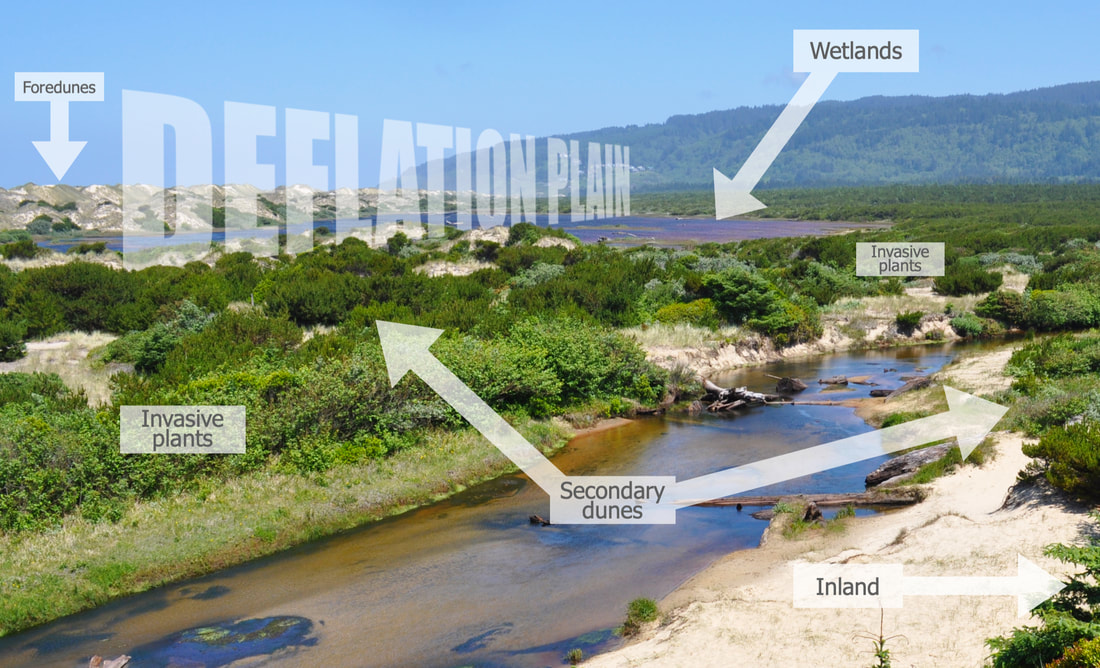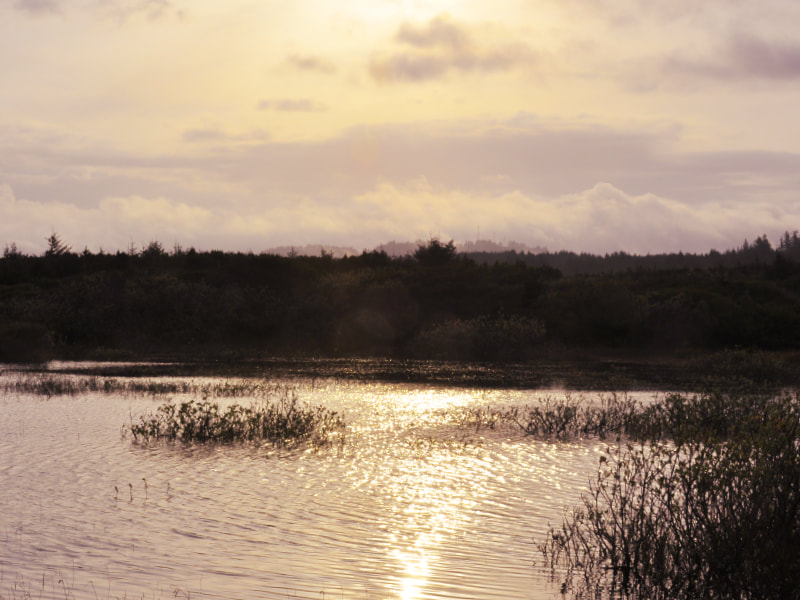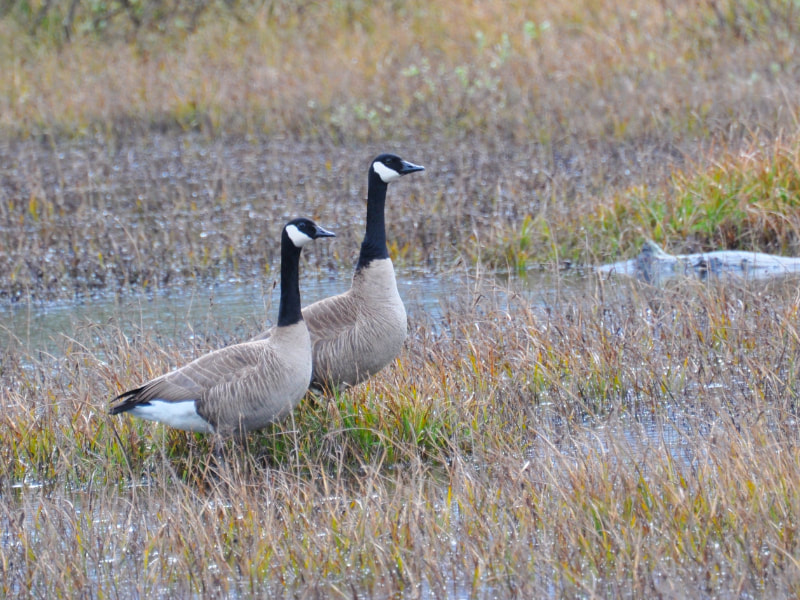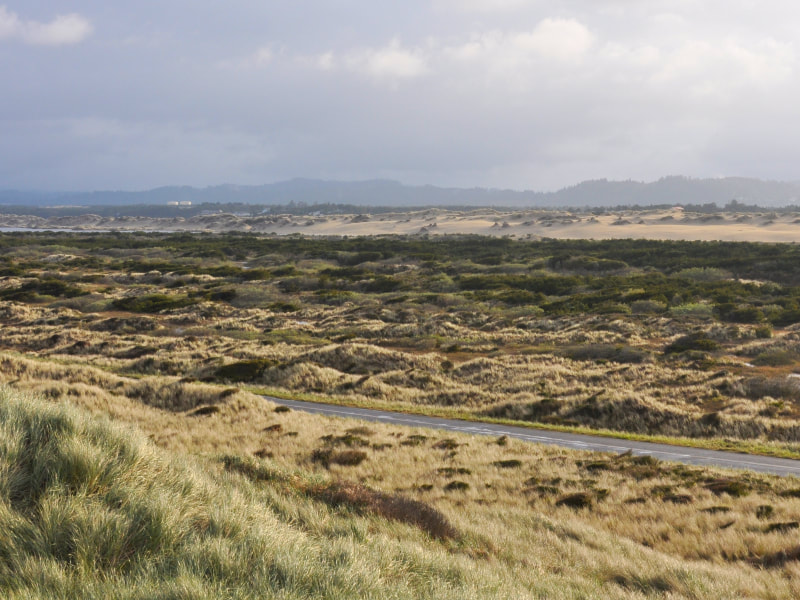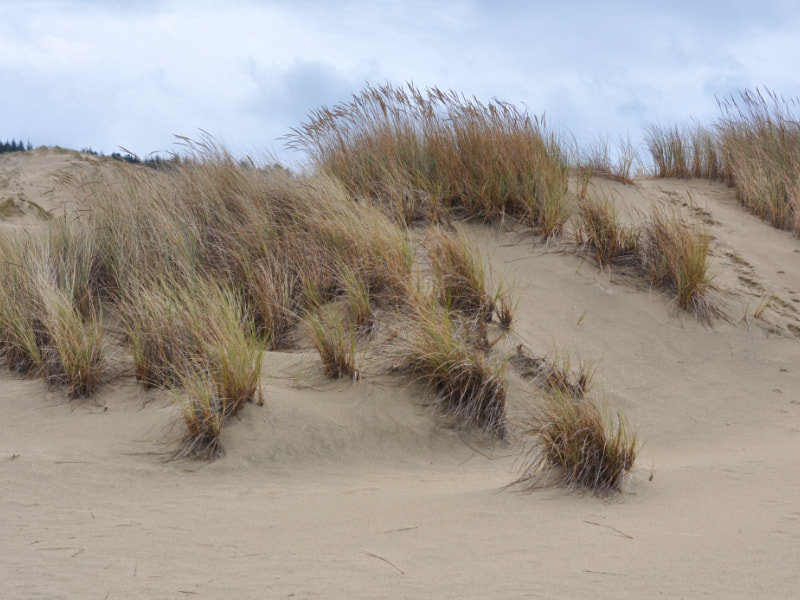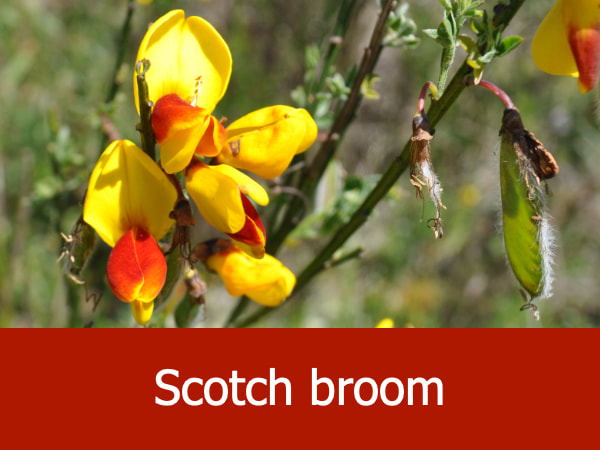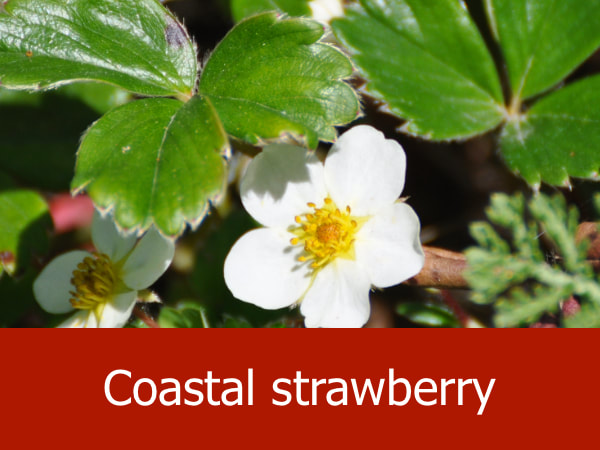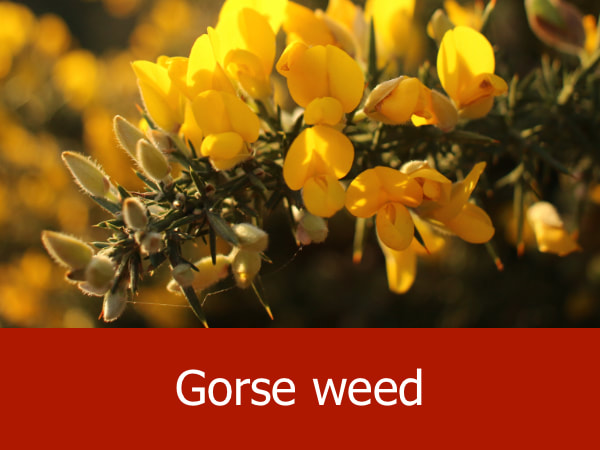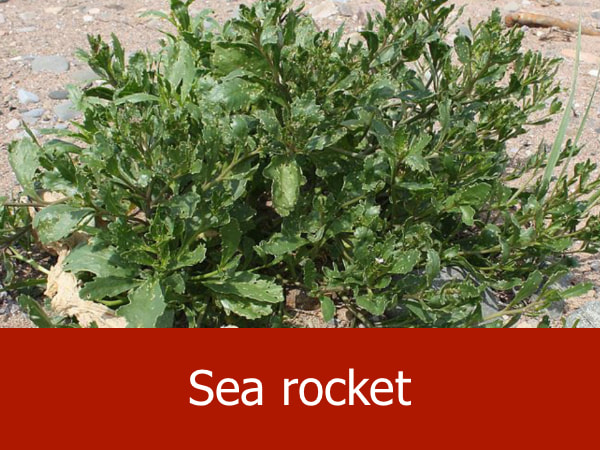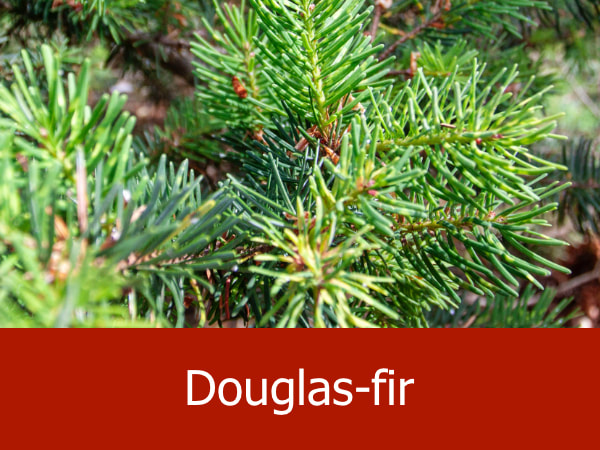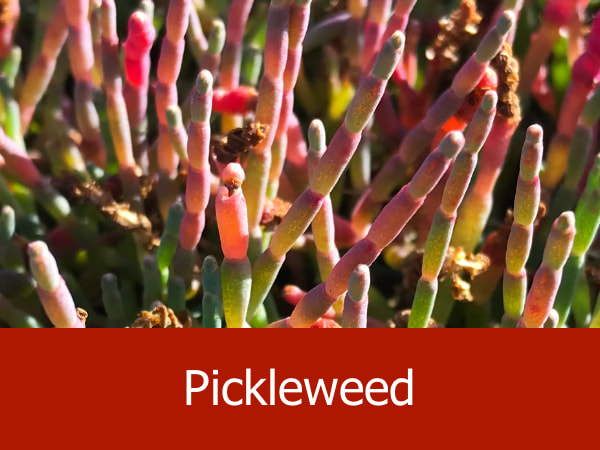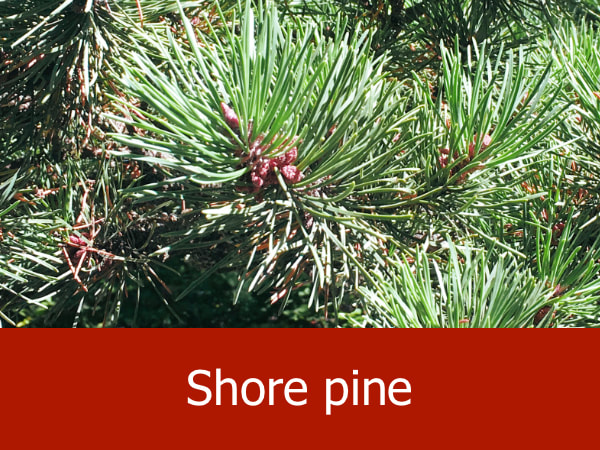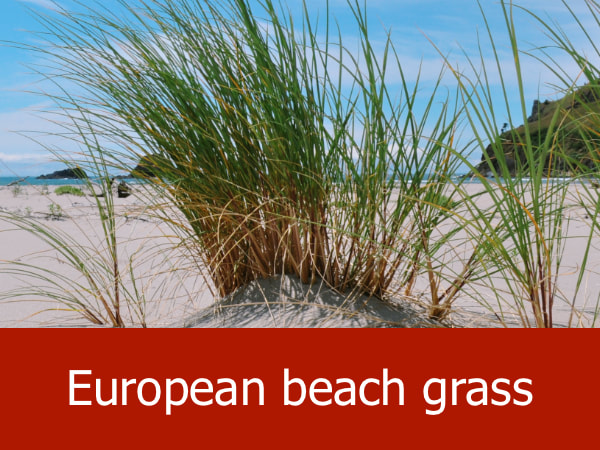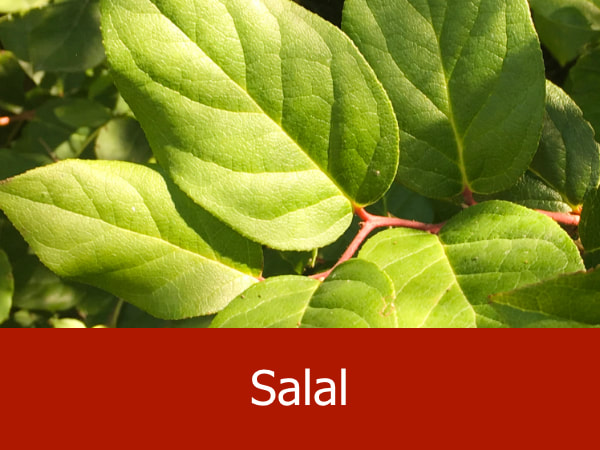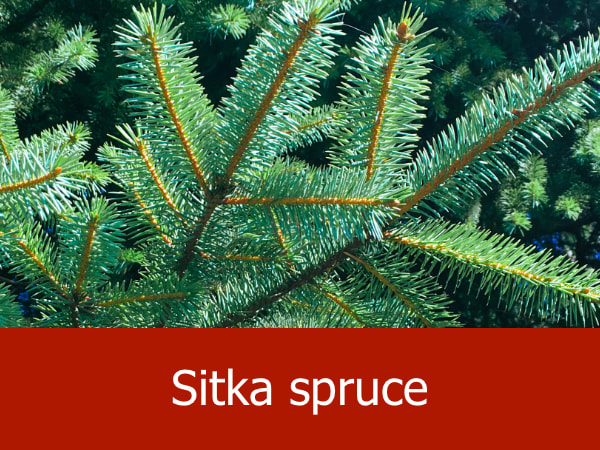ECOSYSTEMS > DUNES
This swath of coastal dunes which starts on Oregon’s Central Coast and spreads south for over 50 miles (80.5 km) is an oddity. It was formed by the unique geographical placement of rivers cutting across layers of sandstone, and then carrying the sediment toward the Pacific Ocean where wave action and strong winds crush it into fine grains and push it back toward land. This process has been going on, uninterrupted, for approximately 6,000 years, building some of the drifts as high as 500 feet (152 m) and pushing the sands inland as far as three miles (4.8 km).
This swath of coastal dunes which starts on Oregon’s Central Coast and spreads south for over 50 miles (80.5 km) is an oddity. It was formed by the unique geographical placement of rivers cutting across layers of sandstone, and then carrying the sediment toward the Pacific Ocean where wave action and strong winds crush it into fine grains and push it back toward land. This process has been going on, uninterrupted, for approximately 6,000 years, building some of the drifts as high as 500 feet (152 m) and pushing the sands inland as far as three miles (4.8 km).
Invader Plants:
It took thousands of years for the dunes to form, but it’s only taken a century for much of them to sink beneath the waters of an expanding wetland. As invasive plants such as European beach grass and American beach grass stabilized the dunes, it’s created an unusually tall foredune which caused the sand in the deflation plain behind it to be blown away by the wind. As the interior sand vanished, the landscape descended until it reached the water table below. During the winter months when precipitation is much higher, the water table can rise substantially, transforming the plain into a sprawling wetland.
Although this unintentional transformation has provided new habitat for animals, especially birds, it is also rapidly destroying a very unique ecosystem with the wetlands expanding further eastward each year. This vast wetland can best be seen at the South Jetty Day Use Area outside of Florence (see photos below).
Related Features: The Western Snowy Plover: An Oregon Success Story
Although this unintentional transformation has provided new habitat for animals, especially birds, it is also rapidly destroying a very unique ecosystem with the wetlands expanding further eastward each year. This vast wetland can best be seen at the South Jetty Day Use Area outside of Florence (see photos below).
Related Features: The Western Snowy Plover: An Oregon Success Story
|
|
|

